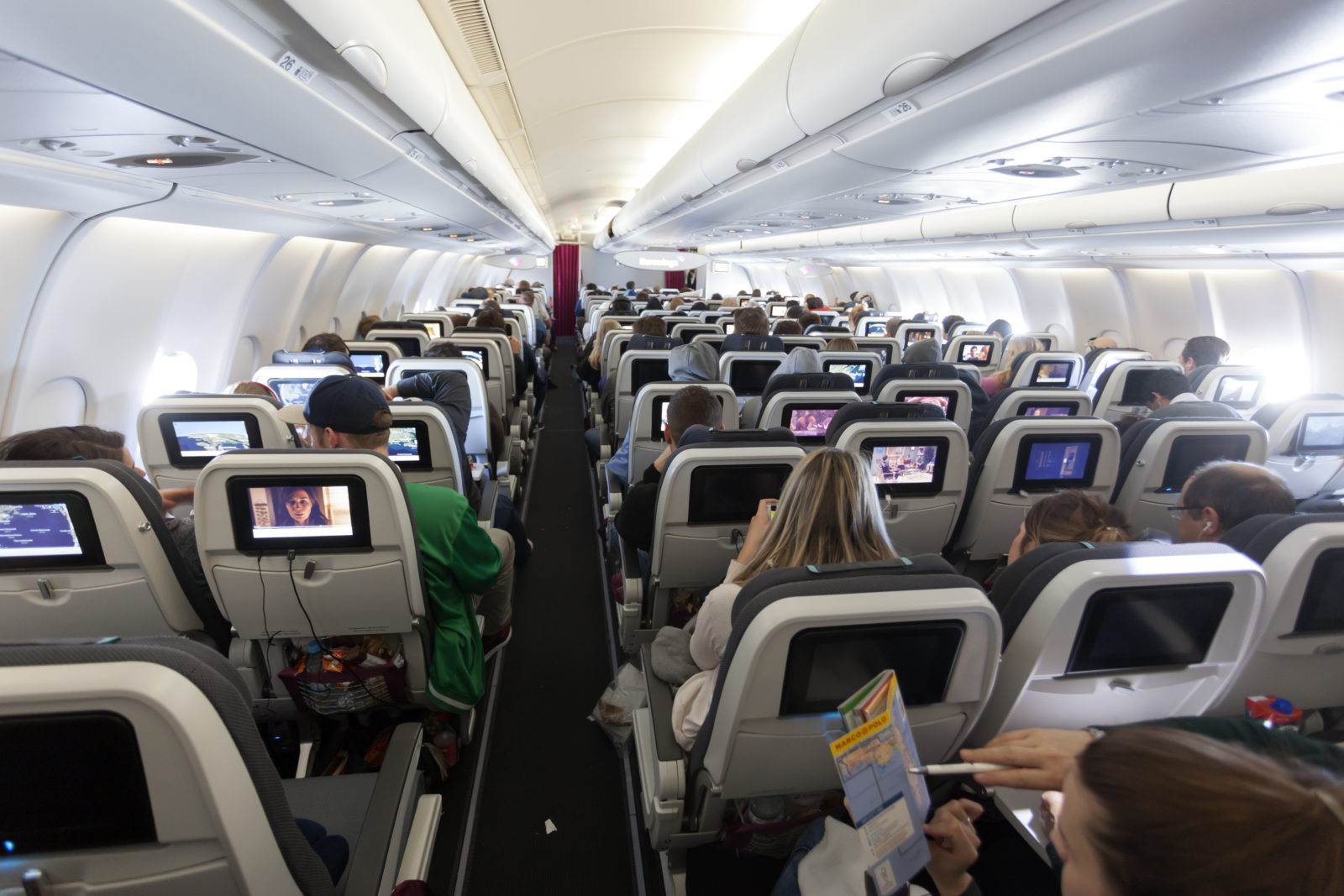
The largest flight attendant union in the United States has once again called for a ban on lap infants, citing recent incidents in which passengers were thrown around the cabin and seriously injured by severe turbulence as evidence that a requirement for every passenger to have their own seat, no matter how old they are, can’t come soon enough.
The Association of Flight Attendants (AFA-CWA), which represents tens of thousands of crew members at around 20 U.S. carriers, including United, Alaska and Spirit, is hoping it can get the mandate included in the latest FAA Reauthorization Act.
The call from flight attendants to ban lap infants isn’t anything new, however. The union last pressed for a ban on lap infants ahead of the last FAA Reauthorization in 2018, although it ultimately failed to get the prohibition included in the final legislation.
This time around, the union is hoping lawmakers take heed of their concerns and ensure that there is ‘a seat for every soul’ onboard all flights operated by U.S. airlines.
Currently, the Federal Aviation Administration (FAA) recommends that parents buy a separate seat for their infant or child and secure them in a government-approved child safety restraint system. There isn’t, however, any requirement for parents to buy a separate seat, and many choose not to.
For infants up to the age of two years old, parents can simply hold their infant on their lap. Unlike many international regulators, the FAA prohibits the use of an infant lap belt that goes around the infant and attaches to the seatbelt of their parent or guardian.
The FAA says studies show that infant lap belts can cause undue stress in the event of a sudden deceleration but that leaves parents having to hold onto tight to their child in the event of severe turbulence.
“The G-forces (from severe turbulence) are not something even the most loving mother or father can guard against and hold their child. It’s just physically impossible,” Sara Nelson, president of the AFA, told the Washington Post.
“Sadly, this has been more than a 30-year priority for our union,” Nelson continued, referring to the tragic case of United Flight UA232 in July 1989 when 111 passengers and crew, including a young infant, died in the accident at Sioux City.
“We must have children safe on the plane and in their own seats with a proper restraint device to make sure it never happens again,” Nelson continued.
Following the crash, the National Transport Safety Board (NTSB) added a recommendation for a ‘seat for every soul’ to its annual list of most wanted safety improvements – although the recommendation was dropped in 2006.
Since then, there has been virtually no change to the status quo.
There are a variety of approved child restraint systems that the UN’s air safety watchdog says could make flying a lot safer for infants and small children but it remains the responsibility of parents to buy these devices – along with the extra seat for their infant.
Mateusz Maszczynski honed his skills as an international flight attendant at the most prominent airline in the Middle East and has been flying ever since... most recently for a well known European airline. Matt is passionate about the aviation industry and has become an expert in passenger experience and human-centric stories. Always keeping an ear close to the ground, Matt's industry insights, analysis and news coverage is frequently relied upon by some of the biggest names in journalism.








I know a family that lost both its young sons in a plane crash in Colorado several years ago. There were only a few fatalities, but because the boys were on their mother’s lap they suffered blunt trauma from being ejected from the seat.
Strapped-in baby seats would have saved them. It costs more, but isn’t a child’s life worth it?
This regulation is long overdue. If the airlines went back to charging reduced rates for child/infant tickets, that would help families be able to afford the seat. You are going to need the car seat when you get to your destination anyways. Common sense.